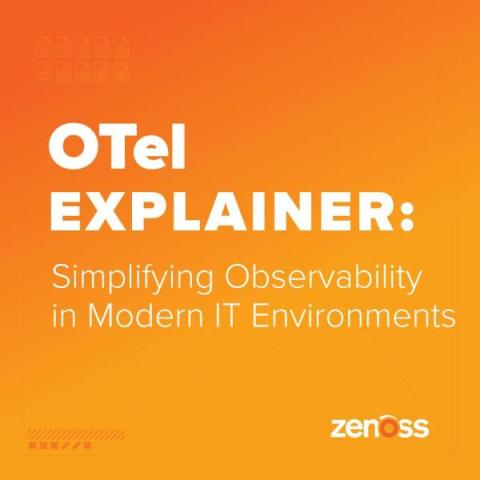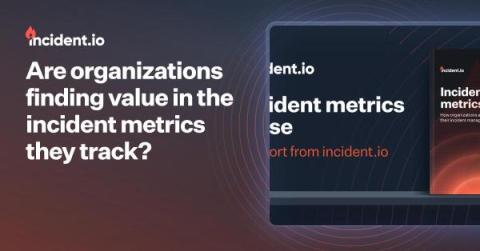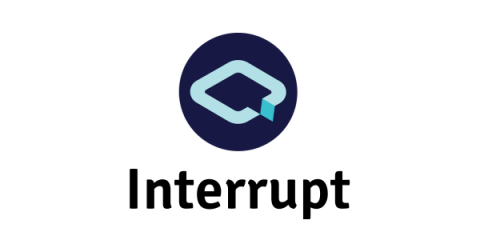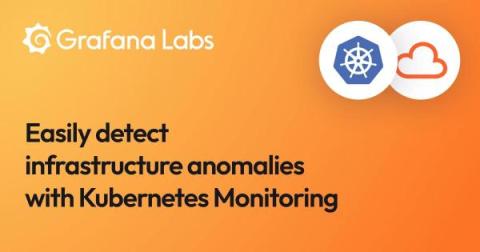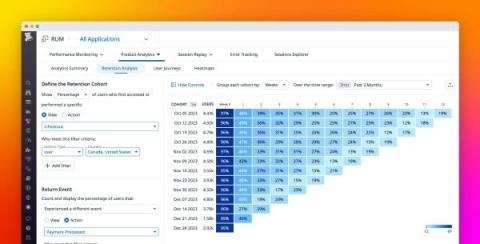How to Implement Zero Trust for Enhanced Cybersecurity: A Practical Guide
Implementing a robust cybersecurity strategy is not optional; it’s essential. Organizations must adopt effective measures to protect their sensitive data and systems. Yet, while companies recognize the value of a comprehensive approach like zero trust security, implementing it can seem overwhelming. With a straightforward guide detailing how to implement zero trust, your organization can take action to protect your resources — before a major security incident happens.



